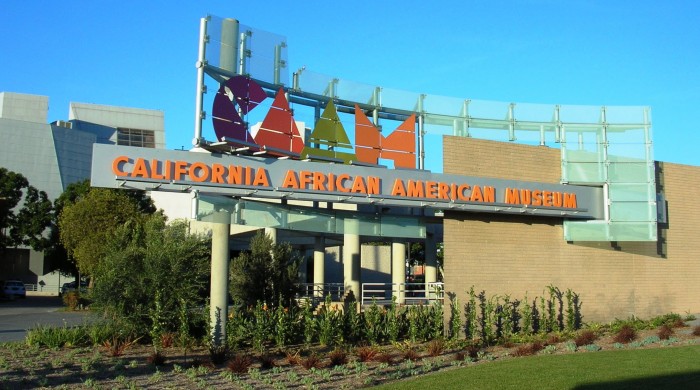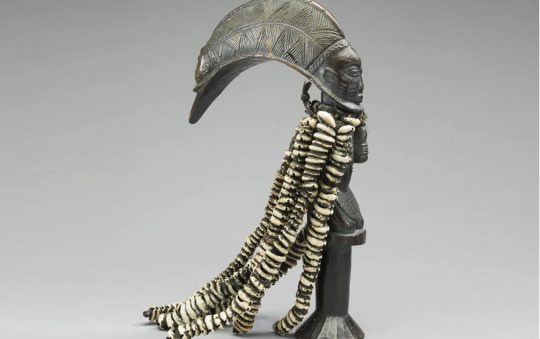In a tribute to the recent passing of African American photographer Tony Gleaton, the California African American Museum (CAAM) is pleased to announce its latest exhibition, “The African Legacy in Central America: Tony Gleaton’s Photographs from CAAM’s Collection,” on view through March 20, 2016.
The exhibition features 20 black and white photographs from CAAM’s collection that explore the African legacy and diaspora in Central America. Focused on Belize, Costa Rica, Guatemala, Nicaragua and Panama, the exhibition serves to spark a conversation about the historical and sociological development of racial identity.
Over the course of his career, Tony Gleaton (1948 – 2015) visited Mexico, Central America, and South America where he documented the lives of people of African descent. The images of daily life reflect the empowerment, ultimate dignity and unsurpassed beauty of “The African Legacy in Central America.”
Gleaton, a Detroit native, moved to New York in 1977 to become a photographer’s assistant in the fashion industry. After becoming bored with the narrow definitions of beauty, Gleaton went on to seek more fulfilling projects and inspiring subjects.
It was when he moved to Mexico that he developed “Africa’s Legacy in Mexico: Photographs by Tony Gleaton.”
After successfully exhibiting in the U.S. Smithsonian Institution Traveling Exhibition Service, Gleaton’s exhibition was also featured in Mexico and Cuba by the Mexican National Council of Art.
From 1992 through 1996 Gleaton worked to expand his project to include Central and South America.
Artist’s Statement:
“The photographs which I create are as much an effort to define my own life, with its heritage encompassing Africa and Europe, as it is an endeavor to throw open the discourse on the broader aspects of ‘mestizaje’ … the ‘assimilation’ of Asians, Africans and Europeans with indigenous Americans. The images I produce, most often, are ones in which people directly and openly look into the camera, yet the most important aspect of these portraits is the giving a narrative voice by visual means to people deemed invisible by the greater part of society and in doing so deliberately crafting an `alternative iconography’ of what beauty and family and love and goodness might stand for, one that is inclusive not exclusive.”
Exhibitions and admission to CAAM is free and open to the public. CAAM is located at 600 State Drive, Los Angeles. Take the Los Angeles Metro’s Expo line and exit the USC/Expo Park station. For more information visit www.caamuseum.org.





